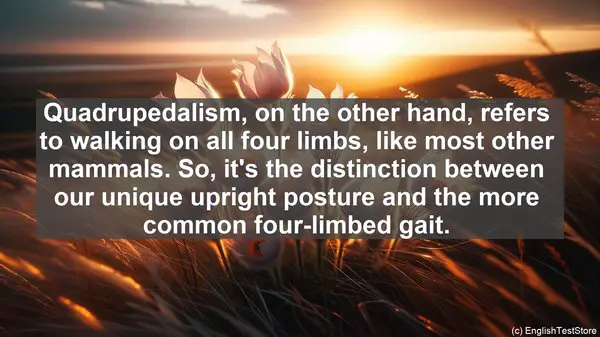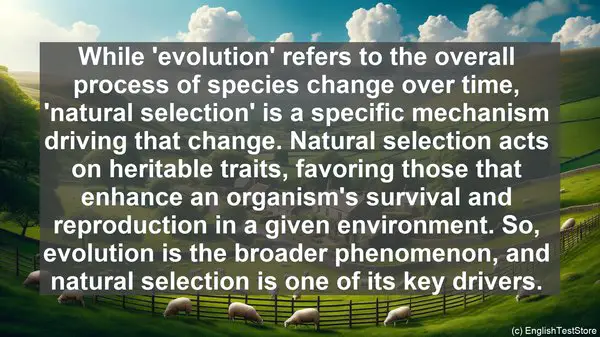Introduction
Today, we’re going to dive into the fascinating world of human evolution. But before we begin, it’s essential to clarify some commonly confused words that often arise in this field. Understanding these distinctions will not only enhance your knowledge but also prevent any misconceptions. So, let’s get started!
1. Hominid vs. Hominin
The terms ‘hominid’ and ‘hominin’ are often used interchangeably, but they have distinct meanings. Hominids refer to all modern and extinct great apes, including humans, while hominins specifically denote the human lineage after it split from the chimpanzee lineage. So, whenever you encounter these terms, remember the broader and narrower classifications they represent.
2. Ancestor vs. Descendant
When discussing evolutionary relationships, ‘ancestor’ and ‘descendant’ are crucial concepts. An ancestor is an organism from which others are directly descended, while a descendant is an organism that has evolved from a particular ancestor. It’s like a family tree, where you have your grandparents as ancestors and your parents as ancestors and descendants simultaneously.

3. Evolution vs. Natural Selection
While ‘evolution’ refers to the overall process of species change over time, ‘natural selection’ is a specific mechanism driving that change. Natural selection acts on heritable traits, favoring those that enhance an organism’s survival and reproduction in a given environment. So, evolution is the broader phenomenon, and natural selection is one of its key drivers.
4. Homo Sapiens vs. Homo Sapiens Sapiens
You might have come across both ‘Homo sapiens’ and ‘Homo sapiens sapiens’ in your studies. The former refers to modern humans as a species, while the latter is a subspecies classification within Homo sapiens. It’s like differentiating between the general category and a more specific subgroup within it.
5. Paleontology vs. Archaeology
Paleontology and archaeology are distinct yet interconnected disciplines. Paleontology focuses on the study of prehistoric life through fossils, while archaeology deals with human history through artifacts and structures. So, if it’s about ancient human remains, paleontology is the go-to field, whereas archaeology encompasses a broader range of human cultural aspects.
6. Migration vs. Dispersal
Migration and dispersal both involve the movement of organisms, but there’s a subtle difference. Migration usually refers to regular, often seasonal, movements between specific locations, while dispersal is a one-time movement of individuals to establish new populations. Think of migration as a round trip and dispersal as a one-way journey.

7. Bipedalism vs. Quadrupedalism
The terms ‘bipedalism’ and ‘quadrupedalism’ describe different modes of locomotion. Bipedalism is the ability to walk on two legs, which is a defining characteristic of humans. Quadrupedalism, on the other hand, refers to walking on all four limbs, like most other mammals. So, it’s the distinction between our unique upright posture and the more common four-limbed gait.
8. Fossil vs. Artifact
In the context of human history, ‘fossil’ and ‘artifact’ are frequently encountered terms. A fossil is the preserved remains or traces of a prehistoric organism, while an artifact is an object made or used by humans in the past. So, fossils are natural remnants, whereas artifacts are human-made objects that provide insights into our cultural past.
9. Genus vs. Species
The hierarchical classification of organisms includes ‘genus’ and ‘species.’ A genus is a broader category that encompasses closely related species, while a species is a group of organisms that can interbreed and produce fertile offspring. For example, ‘Homo’ is the genus to which modern humans, Homo sapiens, belong.
10. Extinct vs. Extirpated
When a species no longer exists, it’s considered ‘extinct.’ However, ‘extirpated’ refers to a species that has disappeared from a particular geographic location but still exists elsewhere. So, while the dodo bird is extinct, some species that were once present in certain regions can be considered extirpated.
